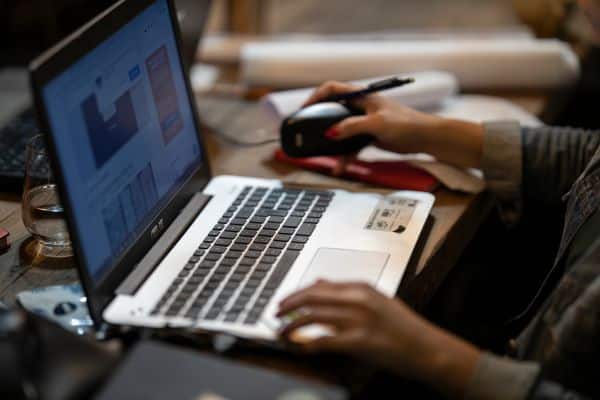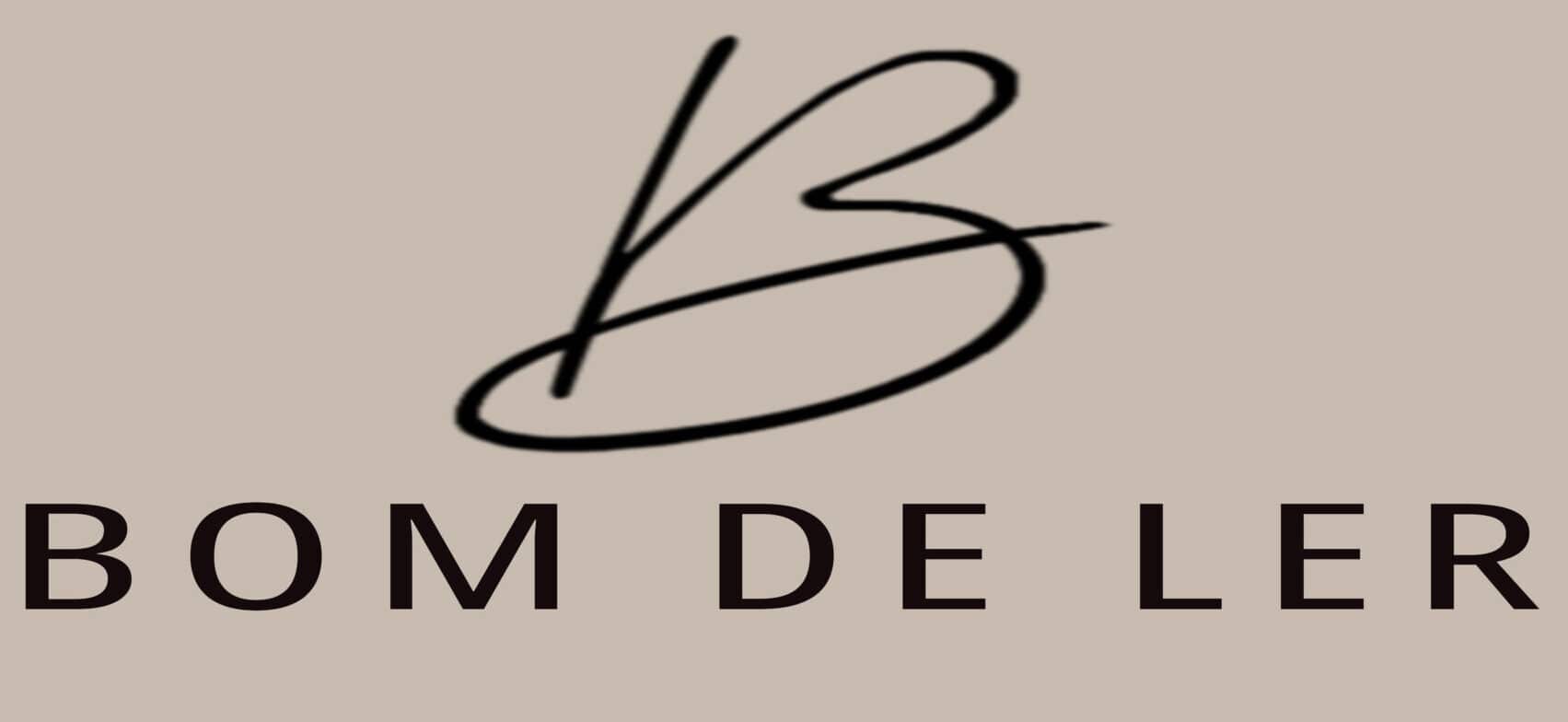Introduction

Typography tips, transforming text into art. In the ever-evolving design world, typography is a dynamic and multifaceted discipline that transcends the boundaries of conventional text. As an integral component of visual communication, typography conveys information and has the remarkable ability to evoke emotions, set tones, and ignite connections. In this article, we embark on a journey through the intricacies of typography, uncovering its transformative potential in turning ordinary text into captivating visual narratives that resonate with audiences on both aesthetic and intellectual levels.
From the selection of typefaces to the harmonious interplay of colors and the strategic use of whitespace, typography emerges as an art form that elevates communication to an immersive visual experience. By exploring various aspects of typography, we delve into how designers can harness its power to craft exceptional designs that leave lasting impressions and convey messages with unparalleled depth.
The Essence of Typography: Beyond Letters and Words
At its essence, typography is the deliberate arrangement and design of typefaces to enhance the readability and aesthetic appeal of written content. However, it’s not confined to arranging letters and words; typography bridges written language and visual artistry. Through the strategic use of fonts, sizes, spacing, and colors, typography breathes life into words, conveying tone, mood, and even cultural nuances.
The Art of Typeface Selection: Setting the Tone
Selecting a typeface is akin to choosing the right outfit for a particular occasion—it sets the tone and speaks volumes about the design’s intent. Every typeface exudes a personality that can be harmonious or contrasting to its message. Serif typefaces radiate an air of conventional heritage and refinement, making them preferred for formal documents and timeless designs. Conversely, sans-serif fonts resonate with a contemporary and minimalistic vibe, making them ideal for digital interfaces and modern layouts. With their bold and artistic flair, display fonts are tailor-made for eye-catching headlines that spark curiosity and creativity.
Hierarchy and Readability: Guiding the Reader’s Path
In the intricate dance of typography, hierarchy takes center stage. This aspect governs information structure, directing the reader’s eye to essential elements while maintaining a seamless flow. By employing larger fonts, bold styles, or contrasting colors, designers can ensure that headlines and critical details grab the spotlight while keeping the body text’s readability. Effective hierarchy transforms complexity into clarity, providing that information is presented and effortlessly understood.
Whitespace: The Eloquent Silence
In typography, as in life, sometimes what isn’t there matters most. Whitespace, or negative space, frames and punctuates the text, allowing it to breathe and resonate. This seemingly unoccupied territory plays a pivotal role in enhancing the overall design. It prevents visual congestion, creates balance, and guides the reader’s gaze with a gentle touch. Whitespace invites contemplation, elevating the user experience and ensuring that your design doesn’t overwhelm but captivates.
Color Psychology and Typography: Crafting Emotional Connections
Color is a language capable of conveying emotions and resonating deeply with individuals. Color becomes a powerful tool for crafting emotional connections when integrated with typography. Vibrant hues such as red and orange conjure up feelings of dynamism and enthusiasm, rendering them perfect for igniting passion. Conversely, cool colors such as blue and green create a sense of tranquility and calmness, making them an ideal match for content that requires a composed tone. The harmonious marriage of color and typography crafts a symphony of sensations that can linger in viewers’ minds.
Pairing Fonts: Harmonious Duets
Typography’s true artistry emerges when fonts are harmoniously paired. The interplay between fonts with contrasting attributes—such as a bold and attention-grabbing font juxtaposed with a subtle and elegant one—creates a visual rhythm that guides the reader’s journey through the design. The skill lies in achieving contrast without causing visual discord. Successful font pairing enhances the overall aesthetic and reinforces the hierarchy, ensuring that essential messages don’t go unnoticed.
Responsive Typography: Adapting Across Platforms
In a world where digital interfaces span various devices, responsive typography is a crucial consideration. Ensuring that fonts remain legible and visually appealing, regardless of screen size, requires adaptability. Scalable fonts, flexible line heights, and carefully calibrated spacing enable text to maintain its integrity and readability across screens, allowing users to engage with content seamlessly.
Typography in Branding: A Visual Signature
Typography isn’t confined to design—it extends its influence into branding, becoming a visual signature that reflects the essence of a brand. Consistency in font usage across diverse touchpoints—a website, logo, or marketing collateral—ensures the brand’s identity is communicated effectively. Typography becomes a tool for reinforcing brand recognition and creating an emotional bond with consumers.
Balancing Fonts for Visual Harmony
When it comes to typography, selecting fonts plays a significant role in the overall design. Mixing and matching fonts can create a dynamic and engaging visual experience but also requires careful consideration. Balance is vital when combining different font styles, weights, and sizes. A common approach is to pair a decorative or eye-catching font with a more neutral and readable one. This creates a visual hierarchy that guides the reader’s eye through the content while maintaining a sense of cohesion.
Experiment with fonts that reflect the tone and personality of your message. Opt for classic serif fonts that exude elegance for formal or professional contexts. If your content is more playful or modern, sans-serif fonts might be a better choice. Remember that the purpose of typography is not just to communicate information but also to evoke emotions and set the tone of your message.
Incorporating Negative Space for Impact
Negative space, often called white space, is the empty area around and between design elements. While it may seem counterintuitive, negative space is a powerful tool in typography design. It allows your text to breathe, enhances readability, and draws attention to essential elements.
Strategically using negative space can transform your text into a visually striking piece of art. Consider creating emphasis by surrounding a keyword or phrase with ample white space. This draws the reader’s eye and focuses their attention on the message you want to convey. Furthermore, negative space can establish a sense of balance and elegance in your design.
Incorporating negative space requires thoughtful composition. Pay attention to the spacing between lines, paragraphs, and letters. Avoid overcrowding your layout, as this can make the content overwhelming and challenging to read. By embracing the art of negative space, you’ll elevate your typography skills and create text-based visuals that captivate and resonate with your audience.
Conclusion
As we’ve explored, typography is the art of turning words into visual journeys. It’s the bridge that connects the realms of communication and aesthetics, enabling designers to create experiences that linger in the audience’s minds. The intricacies of typeface selection, hierarchy, color psychology, and responsive design all play harmonious roles in shaping the impact of typography. As the digital realm continues its evolution, the influence of typography stands unwavering, serving as a constant reminder that within the realm of design, words are more than just a means to an end—they’re the vessels through which artistry, communication, and emotion flow, transforming text into an immersive visual symphony that captures the essence of the message and engages the senses.

